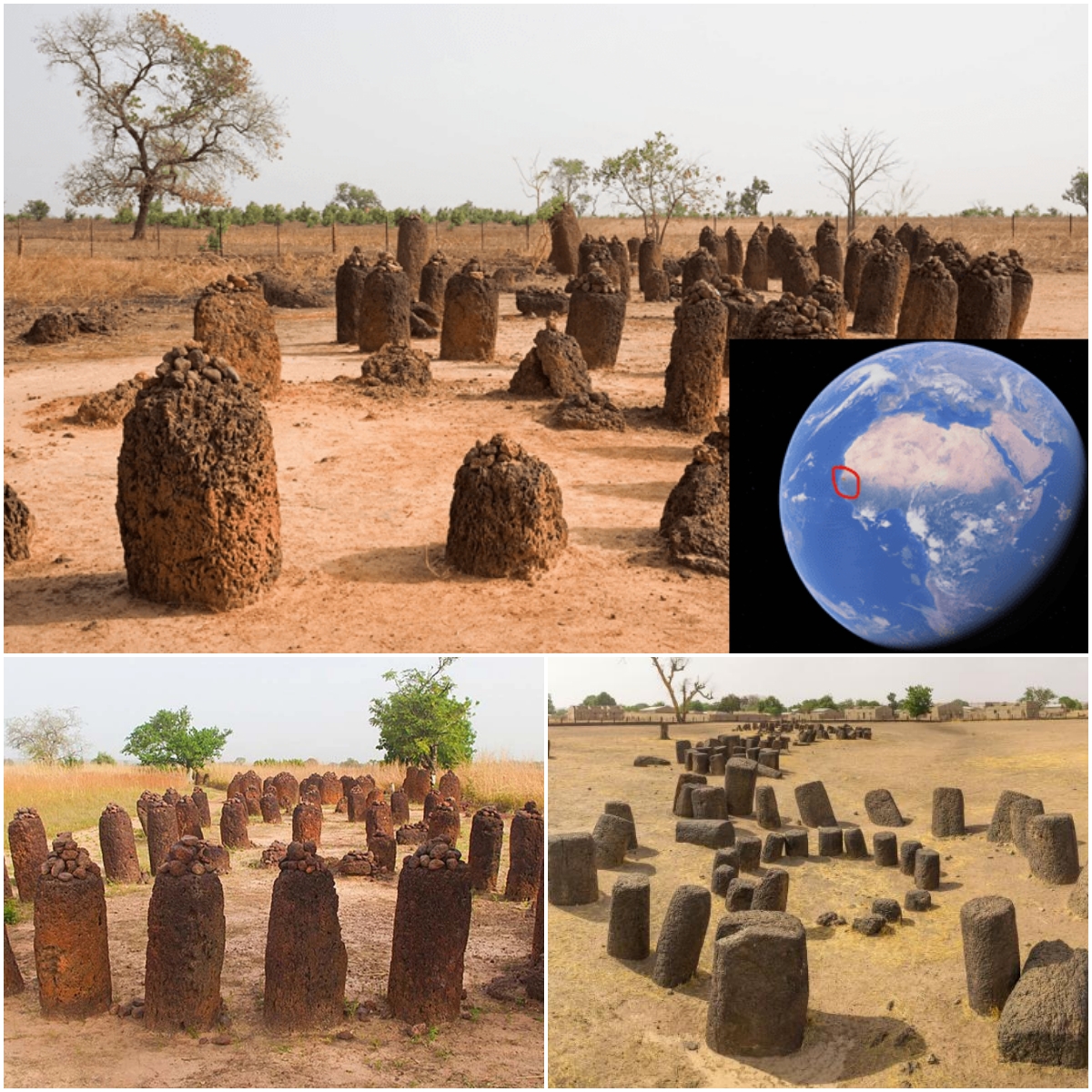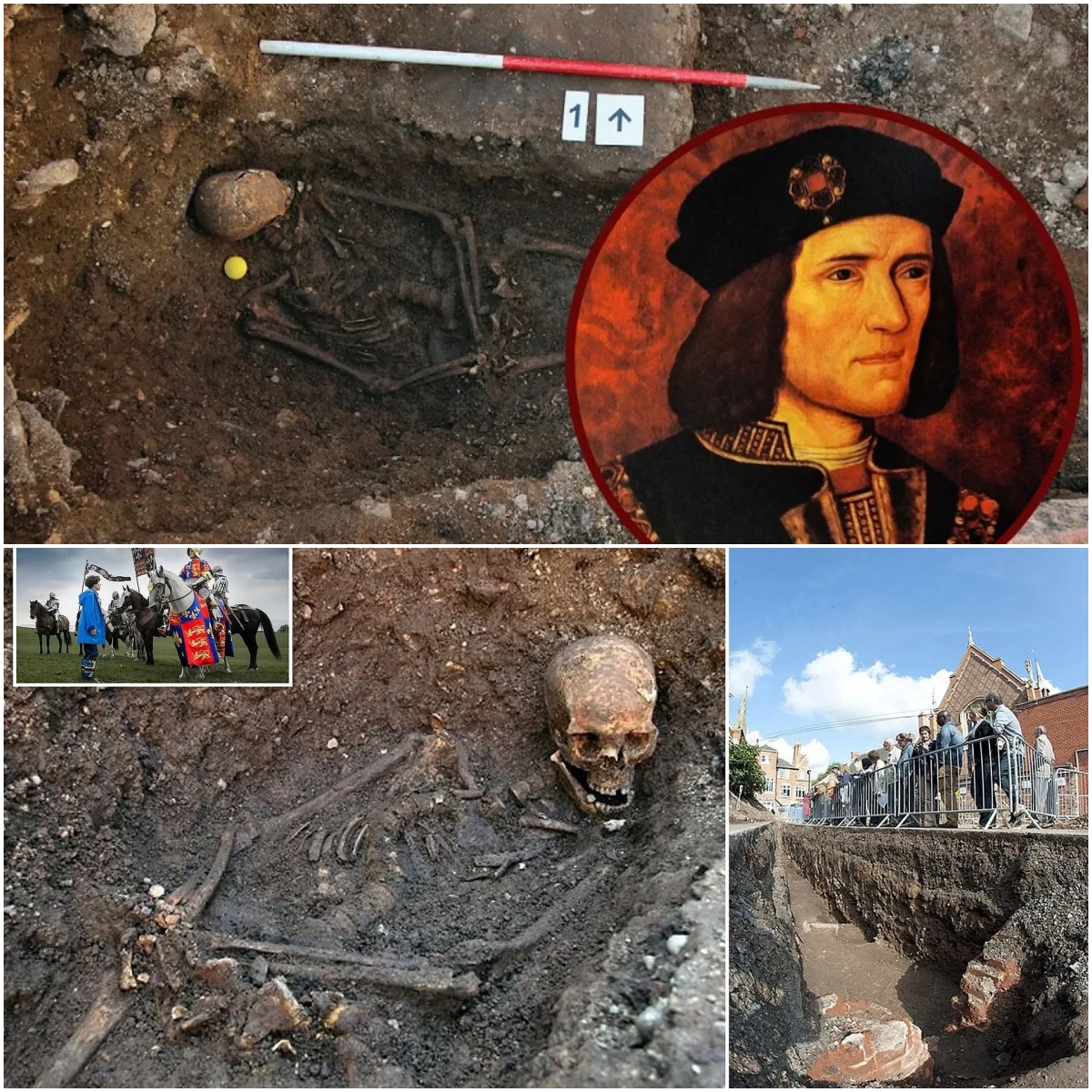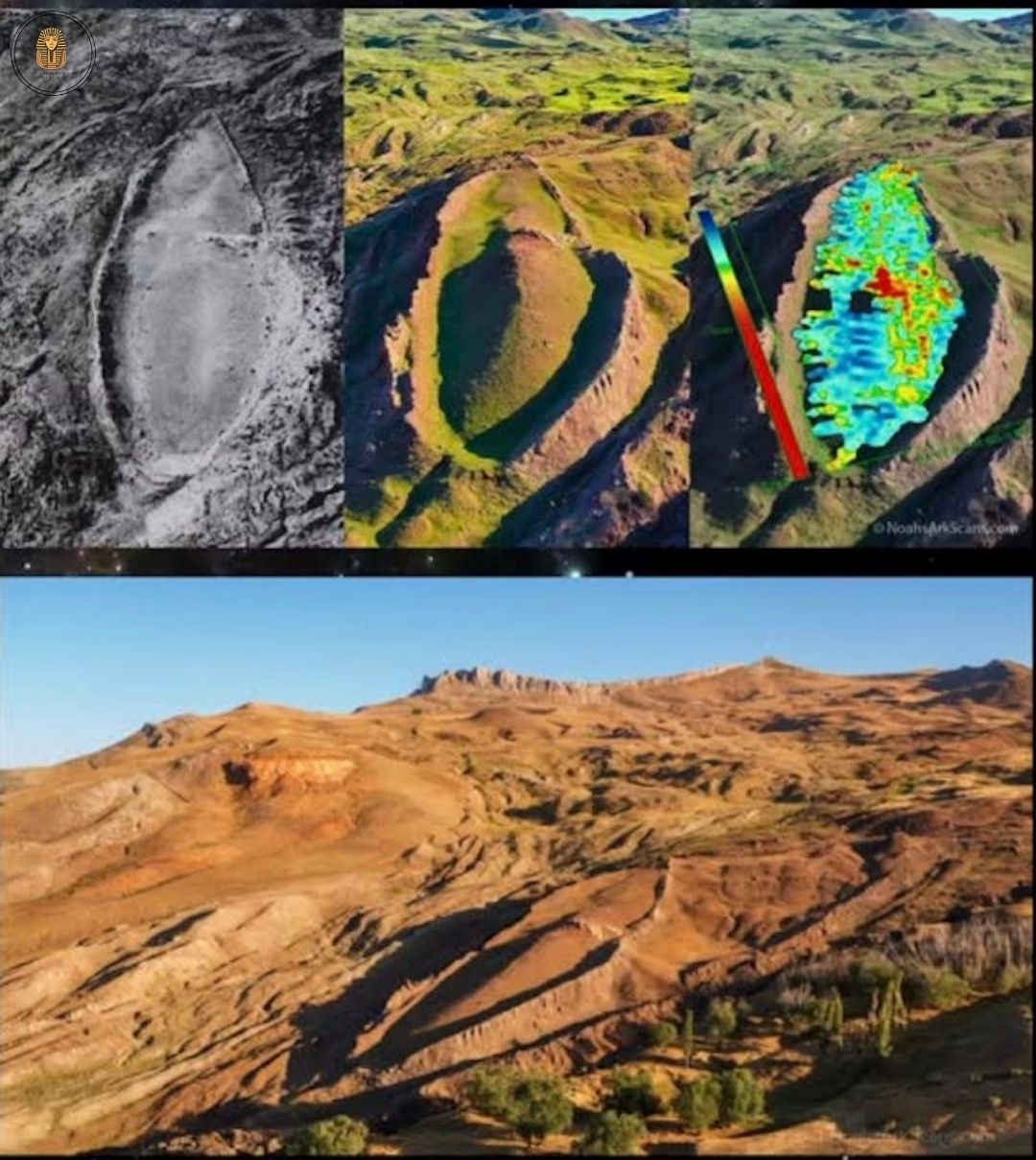Mammoth Baby’s Sad Truth: 30,000 Years Frozen
A gold prospector in the Yukon, Canada, made an incredible find: the mummified body of a baby woolly mammoth, found in the traditional territory of the Trʼondëk Hwëchʼin. Named as Nun cho gawhich means “big baby animal” in the Hän language, this mammoth is the most complete mummified specimen discovered in North America.

A treasure from the past frozen in time
Nun cho ga died more than 30,000 years ago during the Ice Age and became trapped in the permafrost. Back then, the Yukon was home to animals like wild horses, cave lions, and giant steppe bison. His remains were found by a young miner while digging in the Klondike gold fields, and later recovered by a team of geologists.

Extraordinary preservation
Dr. Grant Zazula, a Yukon government paleontologist, called the find “the greatest contribution to paleontology in North America.” According to scientists, Nun cho ga was probably with her mother at the time of the accident, but she ventured too far and became trapped in the mud.
The mammoth is astonishingly well preserved: it still has nails, skin, hair, trunk and even intestines intact with its last food, grass, perfectly preserved. Professor Dan Shugar of the University of Calgary described the discovery as “the most exciting scientific experience” of his career.

A dream come true for paleontologists
The Yukon is known for its Ice Age fossils, but finds this complete are extremely rare. “As a paleontologist, I have always dreamed of coming face to face with a real woolly mammoth,” Dr. Zazula wrote. “Today, that dream came true. “Nun cho ga is one of the most spectacular mummified Ice Age animals ever discovered in the world.”
Woolly mammoths and their historical impact
Similar in size to an African elephant, woolly mammoths lived until approximately 4,000 years ago. They were hunted by early humans, who used their meat for food and their bones and tusks for tools, art, and shelter. However, scientists still debate whether their extinction was caused by overhunting or climate change.
This find not only opens a window to the past, but also connects us to the fascinating history of our planet and its prehistoric inhabitants!






